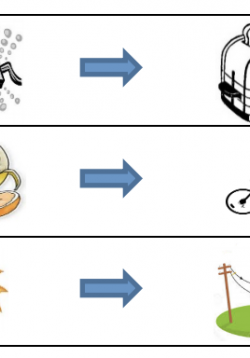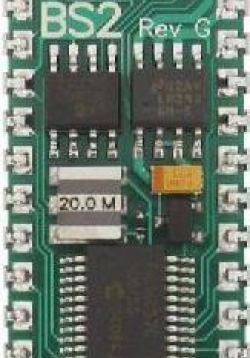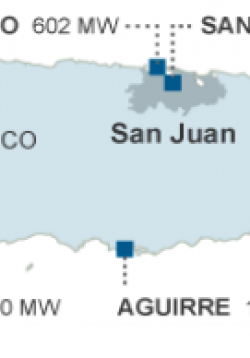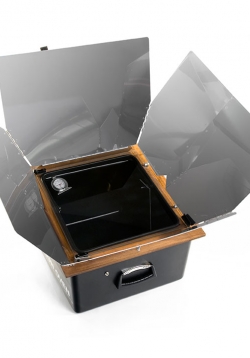What is Energy? Where does it come from?
Students will be introduced to the scientific meaning of energy and complete a lesson on forms of energy vs. sources of energy. They will learn that most of the energy they use comes from fossil fuels. (Petroleum 35%, Natural Gas 27%, Coal 18%=82%)...






